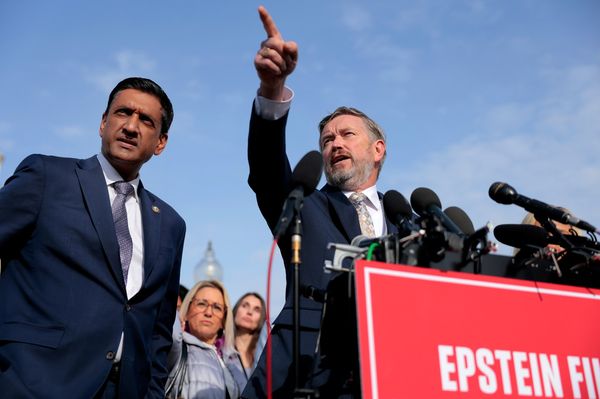The top end of London’s property market usually eases into the year, but 2025 has got off to an unusually subdued start. The capital recorded just 34 sales worth more than $10m (£7.4m) during the first quarter of this year – about a third fewer than in the same period in 2024, according to Knight Frank’s latest Global Super-Prime Intelligence report.
The slowdown stands in stark contrast to a global market that is gaining momentum. Worldwide, 527 super-prime properties changed hands in the first quarter, a 6 per cent year-on-year increase.
By now, we all know what’s behind the discrepancy. Labour’s heavy-handed taxation of high earners has come at a time when there are more attractive alternatives than ever before. The Dubai lifestyle, light-touch tax in Italy, and the rising stock of true luxury homes in Paris and Madrid are all prompting high-net-worth individuals to hedge their bets on London.
Meanwhile, US commerce secretary Howard Lutnick told the Financial Times that more than 70,000 people have applied for Donald Trump’s new “gold card” visa, which grants long-term residency to foreign investors willing to spend and stay in the US.
It turns out that the small group of very wealthy individuals living in Britain are flightier than the Treasury expected, and the taxpayer will now have to foot the bill.
The government has already lost more than £400m in stamp duty on sales above £5m – overwhelmingly in London’s “golden postcodes” such as SW1 and W1, which include prime locations like Mayfair, Chelsea, St John’s Wood and South Kensington – since the first non-dom reforms were announced by the previous government, according to analysis by Knight Frank UK research head Tom Bill. The real cost is likely to be much, much higher.
Even the Office for Budget Responsibility (OBR) is coming round to that idea. A combination of reforms to the non-dom regime, first introduced under Jeremy Hunt in March 2024 and then expanded by Labour in October, were expected to raise £13.1bn from 10,000 individuals by 2027/28. Capital gains tax reforms were supposed to deliver another £2.5bn by the end of the decade. However, the behavioural assumptions underpinning those numbers haven’t held.
“Higher earners’ behavioural responses to tax changes are more uncertain and potentially higher than assumed,” the OBR conceded on 8 July. “A growing reliance on this small and mobile group of taxpayers therefore represents a fiscal risk.”
The OBR isn’t the first to issue that warning – yet it’s not clear whether the penny has dropped for those in Downing Street. Despite rumblings that the chancellor Rachel Reeves was considering reversing parts of her non-dom crackdown in an effort to stem the departure of high-net-worth individuals, nothing has materialised so far.
Former Labour leader Neil Kinnock also recently called for a 2 per cent wealth tax on assets above £10m, which may not have been endorsed, but it wasn’t ruled out either.
Even this kind of speculation is damaging – confidence is fragile, and the message from policymakers matters. Successive governments have treated high-net-worth individuals as a dependable source of revenue, but trust has now been eroded. It will take years of predictable, measured policymaking to rebuild it.
The silver lining is that many of the highest earners appear to be holding on to their London homes while they weigh up their options. Bill’s analysis showed that the number of new sales instructions in the first six months of the year in prime central London (PCL) was 32 per cent higher than the five-year average (excluding 2020).
Above £5m, there was an equivalent increase of 14 per cent, and above £2m, there was a rise of 22 per cent. In other words, property listings in the first half of 2025 were skewed towards the lower price brackets.
Crucially, lenders are playing their part – banks are working on very tight margins, and taking a proactive approach to help borrowers reach decisions that work for them.
London remains one of the world’s most desirable cities, but desirability isn’t destiny. The government can’t afford to keep learning the same lesson: that you cannot bank on a mobile, globally minded minority to fund massive imbalances in taxing and spending.
What happens next will depend not just on rates and rules, but on tone. The sooner the government steadies the narrative, the faster London can reassert its position as Europe’s foremost hub for private wealth.
Simon Gammon is a managing partner at Knight Frank Finance







